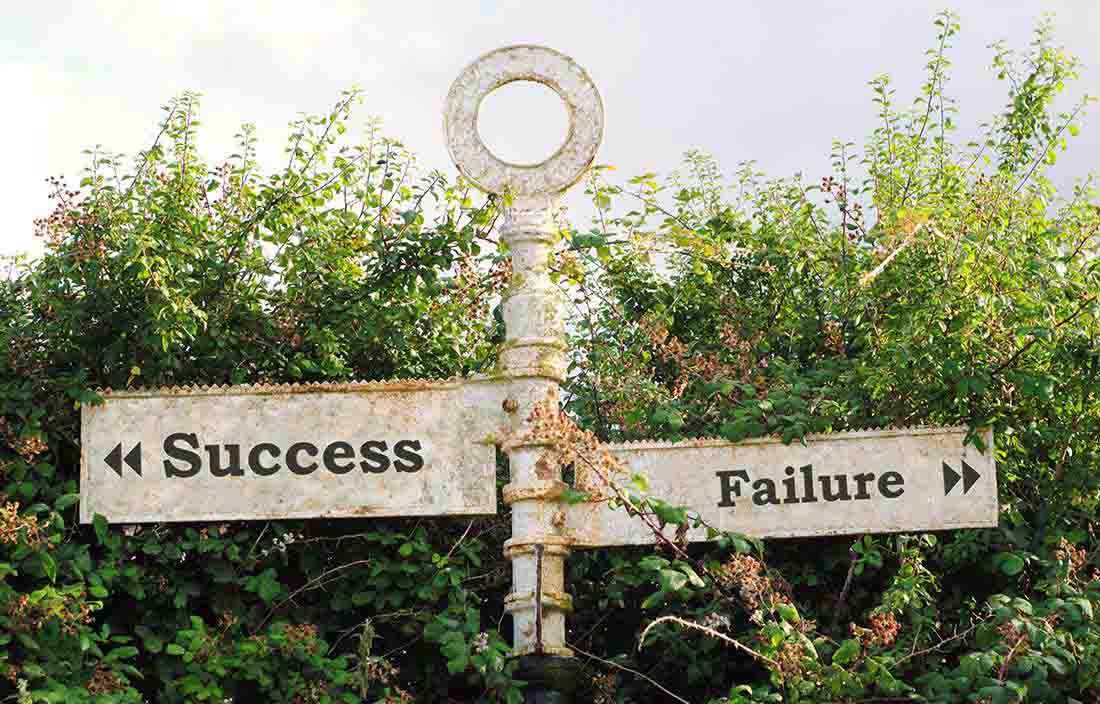Of the many types of real estate investing, real estate development can be the most rewarding. It also carries the most risk. Especially in this time of economic uncertainty and constant change, how can you know that a potential development opportunity is truly feasible?
Many investors mistakenly think that being able to afford all of the costs for their project automatically means the project is a feasible investment. This is a risky assumption to make, as there are many factors outside of upfront cost that impact a project’s success. Capital investment versus reward is one important factor, but before you invest too much into the project, you should also assess the strategic value of the opportunity, market dynamics that can help or hurt the project, and deal-specific factors that are unique to the opportunity you have in front of you.
In this article, the real estate development consultants at Plante Moran Realpoint (PMR), formerly Plante Moran REIA, will explain how to determine feasibility of a project based on these four factors.
Capital: A more nuanced perspective to ROI
Successful development is all about balancing risks and returns. At its core, the purpose of a feasibility study for a real estate development is to ensure that the required capital and associated risks of a project are commensurate with an investor’s required returns.
In terms of capital, unless you have the funds to cover the entire development project from start to finish, odds are you will need to use debt financing. By understanding the potential capital stack and cost of capital, you can begin to understand how debt and equity can impact your ROI.
Questions to ask:
- What is the amount and timing of equity?
- What are the targeted financial returns on equity?
- How does debt financing affect the overall project returns?
- What’s the risk of debt pricing in this market?
- What other tools are available for financing, such as opportunities for public-private partnerships or economic incentives (such as tax abatements)?
Strategic value: Leveraging development for higher purposes
As mentioned, many investors think feasibility is often singularly based on whether the project is expected to meet your return thresholds. That is not the case. It’s just as important to make sure the development supports your overall investment goals or mission.
There may be alternative investment opportunities with less risk, that better align to your broader strategic goals, or more directly support your mission. It may also be the case that the development deal on the table right now may not be the highest and best use of your land or property. A look at the market, which we cover next, can help uncover alternative uses.
Questions to ask:
- What is the highest and best use of the property or land?
- Does this development support your overall mission and vision?
- How does this development help you reach your investment goals (short, medium, long-term)?
- Is the development project feasible based on your return thresholds?
Market: Is the location better suited for other development activity?
Market analysis will uncover whether the use envisioned for the property is the best fit for the building and area. This analysis needs to take an unbiased look at such factors as market supply and demand by asset class, regional and local economic factors, physical and site-specific factors, and more. It also involves looking at the market conditions that affect particular property types over others.
For example, PMR assisted a client in a market study for an underdeveloped neighborhood along the Detroit Riverfront in Detroit, Mich. After performing a supply and demand analysis, PMR was able to advise the client that targeting single-family infill development, coupled with denser multifamily residential product, was likely the highest and best use of the site.
Questions to ask:
- How could market factors impact my development?
- What is the supply and demand trend in the local marketplace?
- What challenges might the development face based on the location?
- What are trends affecting the local construction market?
Deal-specific factors: What are the risks associated with this opportunity?
Thorough due diligence into the asset and site is fundamental to a real estate development study, both to confirm the deal is a sound investment and expose potential risks. When evaluation development for an existing building or piece of land, it is imperative to investigate the physical site conditions, entitlement and zoning, and financials and operations to determine the property’s value, mitigate risks, and ultimately invest with greater confidence.
If the deal comes to you as a partnership such as a real estate joint venture, your due diligence shouldn’t stop with the property. You’ll also want to assess the sponsor or partner’s track record with similar projects, understand the partnership contributions vs. responsibilities, determine fee sharing and allocations for due diligence costs, and scrutinize all other aspects of the deal structure. Joint ventures come with certain risks and considerations other methods of investing in real estate do not. Ensuring an appropriate alignment of interest between the parties is key to the partnership’s success.
Questions to ask:
- What are the risk factors involved with the proposed property type?
- Are there site-specific conditions that could be costly to the development?
- Are there opportunities to partner with other parties in a JV to unlock investment potential, share risk, or improve outcomes?
- How do you mitigate risk in a development deal?
A better way to approach real estate feasibility analysis
If you have the opportunity to invest in a development project, we hope this information helped you understand how return metrics and ROI should not be the only criteria used to give the green light. From a strategic standpoint, you should also consider whether the project aligns with your mission and values, ensure the project will have well-balanced capital stack, and develop a sophisticated understanding of the market and location to ensure the development is aligned with its highest and best use as well as your investment or business needs.
A real estate feasibility study for a development project can help you understand whether all four of these factors will meet your desired thresholds before you invest too much into the project. If you’d like an expert’s help to assess a real estate development deal, contact our team today for a comprehensive real estate feasibility analysis.
If you’d like to learn more about the real estate development process, check out these additional articles:





